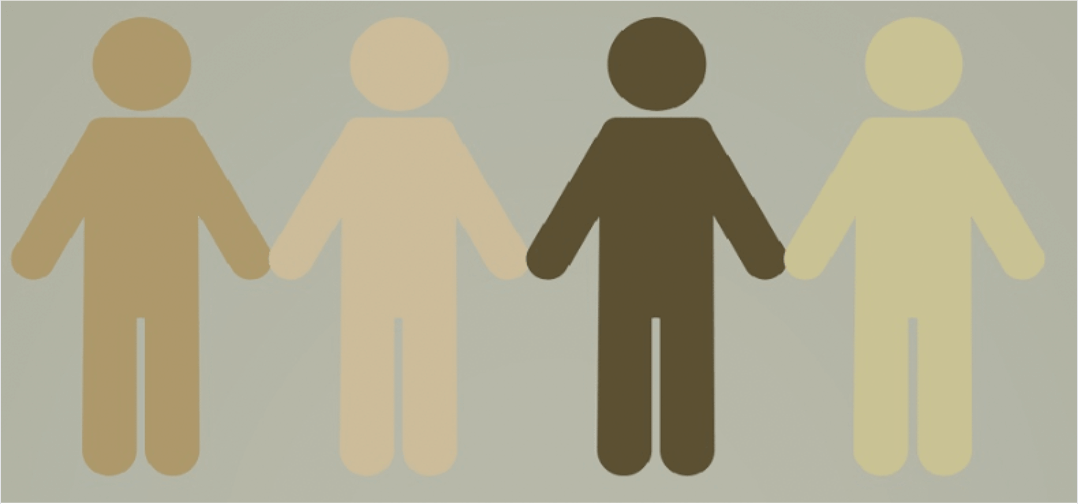Your skin type is not one thing. In fact, skin type varies by age, race, activity level, and genetic composition. This means that just because you and your family share similar DNA, your skin type may be completely different! There are even noticeable differences in skin types between men and women. For example, men have more pigmentation in their skin, which can result in increased dark spots on their skin from minor irritation, sun, and acne. But what about skin type and skin cancer?
As a primary care provider, nurse practitioner or PA, are you interested in learning more about how you can have skin concerns in your practice co-managed with an 'on-demand' dermatologist? Learn more here.
If you are a patient seeking a first or second opinion from a dermatologist on a spot mole or rash of concern, you can access a dermatologist via your local primary care provider or urgent care clinic. Find our list of partner locations here.
Let’s dive into what your skin type says about your personal risk of developing skin cancer.
What is my skin type?
There are certain skin types that are more susceptible than others to the harmful effects of the sun. The Fitzpatrick Skin Type is a skin classification system that was developed in 1975 by Dr. Thomas Fitzpatrick of Harvard Medical School. The system ranks skin types on a scale from one to six, with skin types I and II having the highest risk of developing skin cancer. Those with skin types V and VI have the lowest risk, but still need to be mindful and ensure skin protection when in the sun. People with darker skin have the lowest risk for skin cancer because darker skin typically has more pigment, which allows for natural protection from the sun. Those with darker skin types rarely develop skin cancer, but when they do, they are more likely to have them in areas such as the nail beds, palms, soles, mouth and groin. Take a look at the diagram below, and figure out what skin type you align to. Determining your personalized skin type can help predict and then reduce your overall risk for skin damage and skin cancer.
Graphic adopted from check4cancer.com
Who is most likely to get skin cancer?
No matter your skin type, any and all people do have a risk of developing skin cancer. However those with the lightest skin color have the highest risk. However, this also means that those who ‘only tan’ or ‘rarely burn’ while less so, are still at risk of developing skin cancer. Dermatologists recommend to look out for evolving or changing moles, both flat or raised of any color as well as sores, pimples, and dry scaling spots that do not heal.
Are there any other skin cancer risk factors I should be aware of?
Yes! The shade, texture, and history of your skin type are all important risk factors that should be considered when thinking about skin cancer. There are unique differences in skin cancer in those with the darkest skin types.





